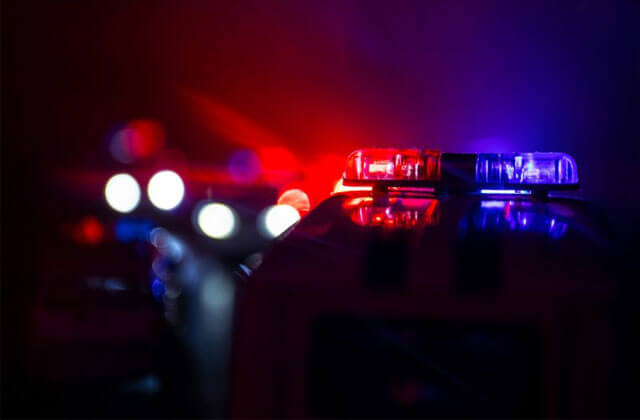The police have a serious duty to protect and defend our communities. They’re tasked with handling everything from small one-off incidents to major catastrophes, emergencies and crimes.
With such a broad range of responsibilities, police forces turn to specialised resources and technology to aid them in their work.
Unmanned air vehicles (UAVs) are quickly becoming a tool of choice for police all around the world because of their versatility and power. Below you’ll learn about some of the most common applications of drones in police work.
Crime scene recording
In the past, it could take hours of manpower to search a crime scene on foot. Today, as we have been witnessing in the news and online, drones aid traditional search methods by using a navigable map to paint an accurate picture of a crime scene.
It’s costly for police forces to deploy experts to crime scenes to take photographs, gather forensic samples and contain the area for further inspection. While a human touch is still needed in many cases, UAVs are revolutionising crime scene recording by gathering thousands of high-quality images of crime scenes in a short period of time.
Real-life application: The Queensland Police Service unveiled a rapid response forensic motorcycle at the World of Drones 2019, with an in-built drone capability. The response team can reach anywhere within Brisbane within an hour, allowing crash scenes to be rapidly analysed. This means that traffic can be cleared much faster, and the quality of the data is higher, too.
Situational awareness
Situational awareness is a major challenge for law enforcement. Even the most well-trained and capable person can’t be in multiple places at once, and we can only take in a limited amount of sensory and situational information at any given time.
In high-alert situations, it’s vital for police to have a high-level view of what’s happening around them. Drones are perfectly equipped to gather information in situations where people’s lives are at risk. They’re built to conduct reconnaissance without endangering human lives. Police forces around the world are taking advantage of these capabilities and protecting people in the process.
Real-life application: Violence and chaos can break out in crowds at any moment. In Lincoln, in the UK, police used a drone with a thermal camera to monitor an extremely crowded Christmas market. No incidents occurred, but the local police were in a position to act quickly if needed.
Search and rescue operations
Law enforcement plays a critical role in search and rescue. When a child goes missing at a theme park or an adult disappears in bushland, the police are often the first ones to get the call, and other agencies get involved later if needed.
The chances of finding a missing person decrease dramatically after the individual has been missing for 24 hours, so police forces mobilise quickly once a call comes in. Drones support search and rescue missions by covering vast areas in a short amount of time.
They’re equally effective in dark or light conditions, and they can be fitted with special imaging techniques to capture details that human searchers might overlook. Using UAVs for search and rescue can dramatically reduce the time spent searching, even in inaccessible areas.
Real-life application: In the United Kingdom, a man was thrown from his car after a crash at night. First responders realised that he would likely freeze to death if they couldn’t locate him quickly. A drone with a thermal camera was able to spot the hypothermic man in a ditch near the crash site, and he quickly received medical care that saved his life.
UAV technology is continually improving, with all kinds of exciting developments on the horizon. Since drones are so effective at solving a multitude of problems, police forces will rely heavily on drones to perform essential functions well into the future.
If you are trying to use UAVs to solve a problem and would like expert consulting and advice, get in touch with Mirragin today. You can reach us at admin@mirragin.com.au.

